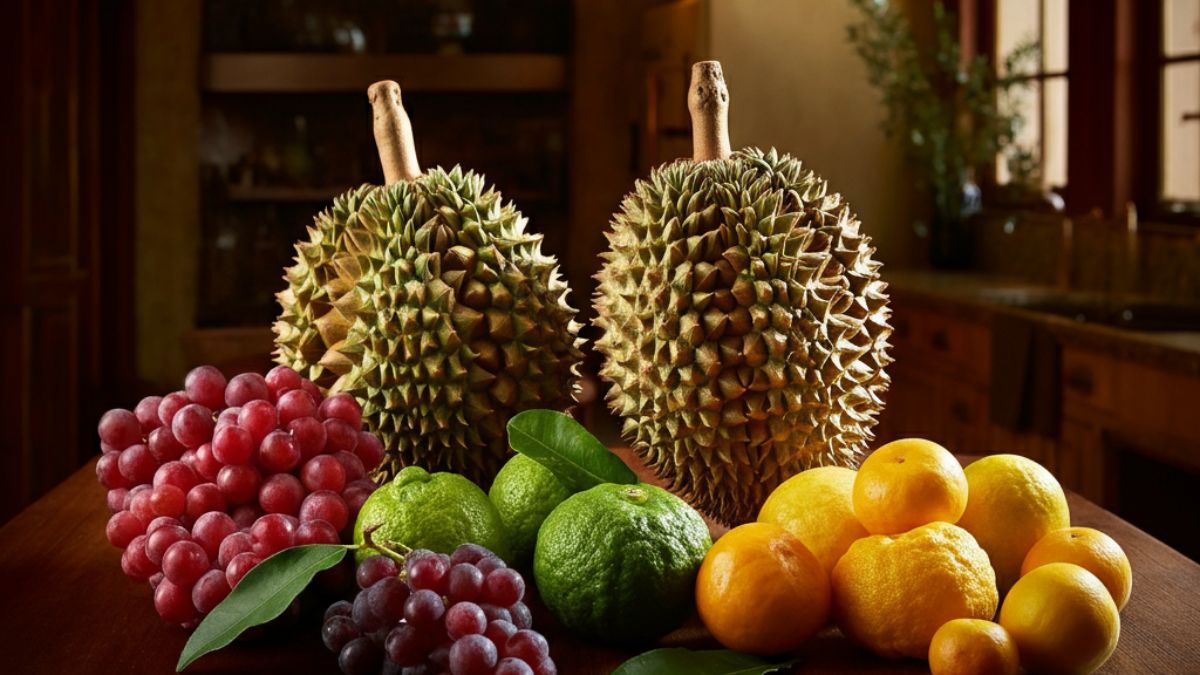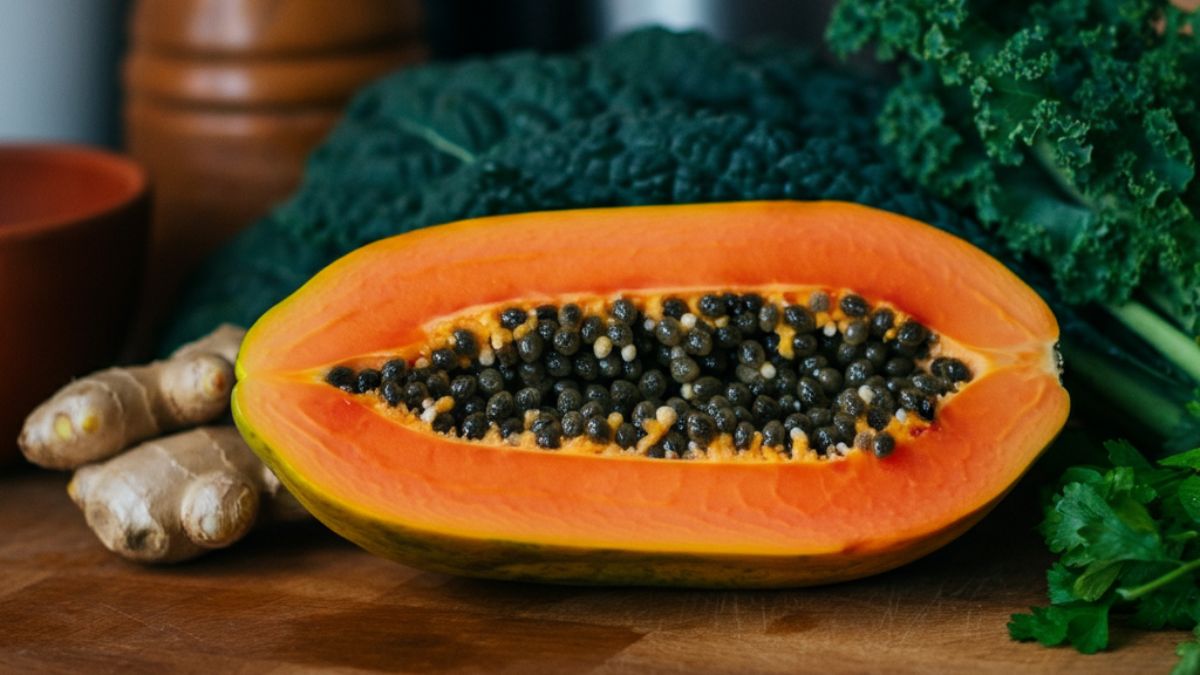Expensive Fruits are synonymous with freshness, flavor, and nutrition. But did you know that some fruits come with jaw-dropping price tags? These fruits are not your everyday grab at the supermarket—they are rare, luxurious, and often considered status symbols. From specially cultivated varieties to fruits with limited availability, their prices can leave you astonished.
This blog takes you on a culinary adventure to uncover the 10 most expensive fruits worldwide, exploring what makes them so unique and, well, pricey.
Why Are Some Fruits So Expensive?
Before we jump into the list, it’s important to understand why some fruits come with such high price tags. Here are a few reasons:
- Rarity and Seasonality
Many expensive fruits are rare and grown in limited quantities. They might also be highly seasonal, making them even harder to get.
- Cultivation Techniques
Certain fruits require painstakingly precise cultivation techniques, often perfected over years or even centuries.
- Aesthetic Perfection
Many luxury fruits are prized for their flawless appearance. They are often hand-picked, sorted, and packaged to meet exacting standards.
- Exclusivity and Symbolism
Some are consumed as a status symbol or given as rare, extravagant gifts in specific cultures, adding to their allure.
Now that we’ve set the stage, let’s unveil the fruits that are redefining “eating the rainbow.”
The 10 Most Expensive Fruits in the World
1. Yubari King Melon (Japan)
Price: Up to $30,000 per pair
The Yubari King Melon is considered the crown jewel of luxury fruits. Grown exclusively in Yubari, Hokkaido, this melon is a hybrid between two cantaloupe varieties, bred to produce its signature sweetness and smooth texture. What makes it even more expensive is that only the most perfectly shaped and unblemished melons fetch sky-high prices, with some being auctioned for tens of thousands of dollars.
Why it’s so expensive: The Yubari King Melon’s price is driven by its unmatched sweetness, rarity, and cultural significance as a luxurious gift in Japan.
2. Ruby Roman Grapes (Japan)
Price: Approximately $400 per grape
A cluster of Ruby Roman Grapes sold for $12,000 at an auction in 2020, making them some of the most expensive fruits globally. Known for their flawless ruby-red color, perfect roundness, and incredible sweetness, these grapes are larger than most varieties and contain minimal acidity.
Why it’s so expensive: Each grape undergoes strict quality control, and only top-grade clusters are sold under the “Ruby Roman” brand.
3. Densuke Watermelon (Japan)
Price: Up to $6,000 per melon
This unique watermelon boasts a glossy black rind and an exceptionally sweet taste. Grown exclusively on Hokkaido’s northern island, only around 100 of these melons are produced annually, making them incredibly rare.
Why it’s so expensive: Its exclusivity, combined with its striking appearance and supreme flavor, makes it a beloved luxury in Japan.
4. Dekopon Citrus Fruit (Japan)
Price: $80 per fruit
Often nicknamed the king of mandarins, the Dekopon is a large citrus fruit known for its sweet, tangy flavor and zero bitterness. It has a unique bumpy top, giving it a recognizable appearance.
Why it’s so expensive: Dekopon citrus is grown under specific conditions to ensure maximum sweetness and flavor.
5. Tyo No Tamago Mangoes (Japan)
Price: Around $3,000 per pair
Also known as “Eggs of the Sun,” these mangoes are prized for their rich flavor, deep red color, and perfect egg-shaped appearance. They’re cultivated in Miyazaki, Japan, and are often carefully wrapped and boxed for sale.
Why it’s so expensive: Each mango is carefully grown and hand-selected. These fruits have become a status symbol, often given as premium gifts.
6. Pineapples from the Lost Gardens of Heligan (England)
Price: Around $1,500 per pineapple
Grown in Cornwall, England, these pineapples are a piece of horticultural history. They are cultivated using a centuries-old technique involving horse manure and traditional Victorian-era methods, making the production process extremely intricate and labor-intensive.
Why it’s so expensive: The lengthy, hands-on cultivation process and the exclusivity of this technique drive up the price.
7. Buddha-shaped Pears (China)
Price: Around $9 per pear
These uniquely shaped pears are grown in molds to resemble a meditating Buddha. Originating in China, they’ve gained popularity for their novelty and stunning craftsmanship.
Why it’s so expensive: The cultivation process requires precision and time, and their unique shape makes them highly sought-after for gifting.
8. Gaya Melon (Japan)
Price: Around $200 per melon
This ivory-colored melon is known for its mild flavor and deep sweetness. Gaya melons are often shipped with handwritten cards describing their specific growing conditions.
Why it’s so expensive: The attention to detail in its cultivation and packaging adds to the luxury tag.
9. Sembikiya Queen Strawberries (Japan)
Price: Around $85 for a box of 12
Grown by Japan’s premier fruit brand, Sembikiya, these strawberries are perfect in every sense—size, shape, color, and taste. Each one looks like it belongs on the cover of a magazine.
Why it’s so expensive: The labor-intensive hand-picking and grading process ensures each box contains only the finest strawberries.
10. Caviar Lime (Australia)
Price: Around $150 per pound
Popular with chefs for their unique citrus “pop,” caviar limes are finger-shaped fruits filled with pearl-like vesicles, creating a one-of-a-kind texture and taste.
Why it’s so expensive: Their distinctive culinary appeal and limited production drive up their cost.
Are These Fruits Worth It?
While the sheer expense of these fruits might leave some wondering who exactly is buying them, for many, they represent more than just food. They are symbols of luxury, craftsmanship, and tradition.
Whether you’re a foodie aiming to try them all or just someone curious about how far luxury can go, these fruits provide a fascinating glimpse into the possibilities of agriculture and human ingenuity.
Curious To Know More?
If you’re feeling adventurous, why not explore specialty stores near you or online to see which of these you can try? Fruit might just be nature’s ultimate luxury.
FAQs
1. Why are these fruits so expensive?
The high prices are usually due to factors such as limited production, labor-intensive cultivation, unique flavor profiles, and their status as luxury items. Certain fruits are also rare or grown under specific conditions that increase their value.
2. Where can I buy these fruits?
You can find many of these rare fruits at specialty stores, luxury markets, or online retailers that focus on premium and exotic produce. Availability may vary depending on your location.
3. Are expensive fruits worth the cost?
This depends on individual preference. For some, the unique flavors, textures, and exclusivity make them worth the price, while others may see them more as occasional indulgences or experiences rather than everyday items.
4. Can I grow these fruits at home?
Some of these fruits, like caviar limes or Japanese strawberries, require specific growing conditions or climates that might not be feasible for home cultivation. However, with the right tools and environment, certain rare fruits can be grown at home successfully.
5. Are these fruits available year-round?
Many luxury fruits are seasonal, which adds to their exclusivity and higher price. It’s best to check availability during their peak growing season to ensure the highest quality.









